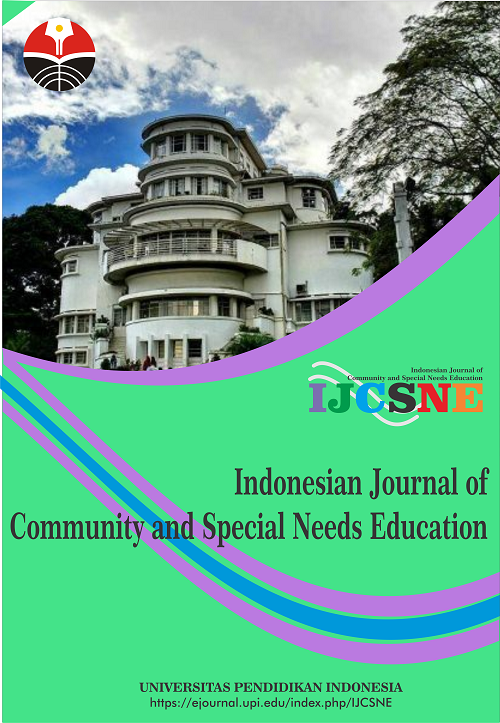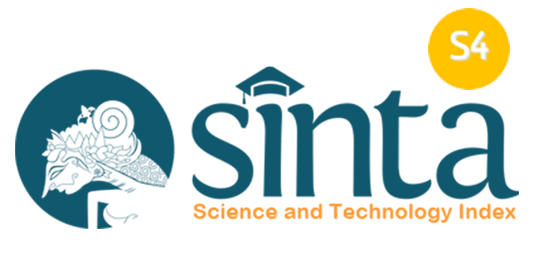The Perspective of Laboratory High School Students on Tone Indicators
Abstract
This study’s purpose is to describe the importance of tone indicators in computer-mediated communication through gathering the opinions of high school students. This study employed a generic qualitative approach that allowed us to comprehend five students' perspectives on tone indicators. A thematic analysis helped us to identify significant statements, generate initial themes, formulate, and name relevant themes. The results showed that the participants of the study are not fully aware of tone indicators. In fact, the tone indicators are important, especially facing the problems and applying for facing special needs people. Their narratives indicate that misidentified tones of messages stimulate preconceptions to form in the minds of virtual readers, leading to miscommunication. The students expressed relief, enlightenment, and approval upon the introduction and application of tone indicators. They described the roles of tone indicators as tools to make messages clear. Therefore, tone indicators hold relevance in computer-mediated communication. This study promotes tone indicators awareness and tranquility in online communication.
Keywords
Full Text:
PDFReferences
Bellucci, E., Venkatraman, S., & Stranieri, A. (2020). Online dispute resolution in mediating EHR disputes: a case study on the impact of emotional intelligence. Behaviour & Information Technology, 39(10), 1124-1139.
Bordia, P. (2007). Face-to-face versus computer-mediated communication: A synthesis of the experimental literature. The Journal of Business Communication, 34(1), 99-118.
Kato, Y., Kato, S., & Akahori, K. (2007). Effects of emotional cues transmitted in e-mail communication on the emotions experienced by senders and receivers. Computers in Human Behavior, 23(4), 1894-1905.
Madianou, M., & Miller, D. (2013). Polymedia: Towards a new theory of digital media in interpersonal communication. International Journal of Cultural Studies, 16(2), 169-187.
Mahdi, H. S., & El-Naim, M. E. M. (2012). The effects of informal use of computer-mediated communication on EFL learner interaction. Studies in Literature and Language, 5(3), 75-81.
Nielsen, R. K. (2009). The labors of Internet-assisted activism: Overcommunication, miscommunication, and communicative overload. Journal of Information Technology & Politics, 6(3-4), 267-280.
Robertson, A., Magdy, W., & Goldwater, S. (2020). Emoji skin tone modifiers: Analyzing variation in usage on social media. ACM Transactions on Social Computing, 3(2), 1-25.
Siricharoen, W. V. (2013, May). Infographics: the new communication tools in digital age. In The International Conference on E-Technologiesa and Business on the web (ebw2013) (pp. 169-174).
Wachs, J. P., Frenkel, B., & Dori, D. (2014). Operation room tool handling and miscommunication scenarios: An object-process methodology conceptual model. Artificial Intelligence in Medicine, 62(3), 153-163.
Winner, L. (2018). Technological Investigations: Wittgenstein’s Liberating Presence. Techné: Research in Philosophy and Technology, 22(3), 296-313.
DOI: https://doi.org/10.17509/ijcsne.v1i1.33390
Refbacks
- There are currently no refbacks.
Copyright (c) 1970 Universitas Pendidikan Indonesia

This work is licensed under a Creative Commons Attribution-ShareAlike 4.0 International License.















